Once upon a time, in France, Pierre LECANTE, an orthotist, strolled in the countryside near Lyon during a beautiful Sunday. It was just after the second world war.
Discovering the plane wreckage of a German fighter jet, he was surprised to see the cockpit remained intact, while the plane was sprayed.
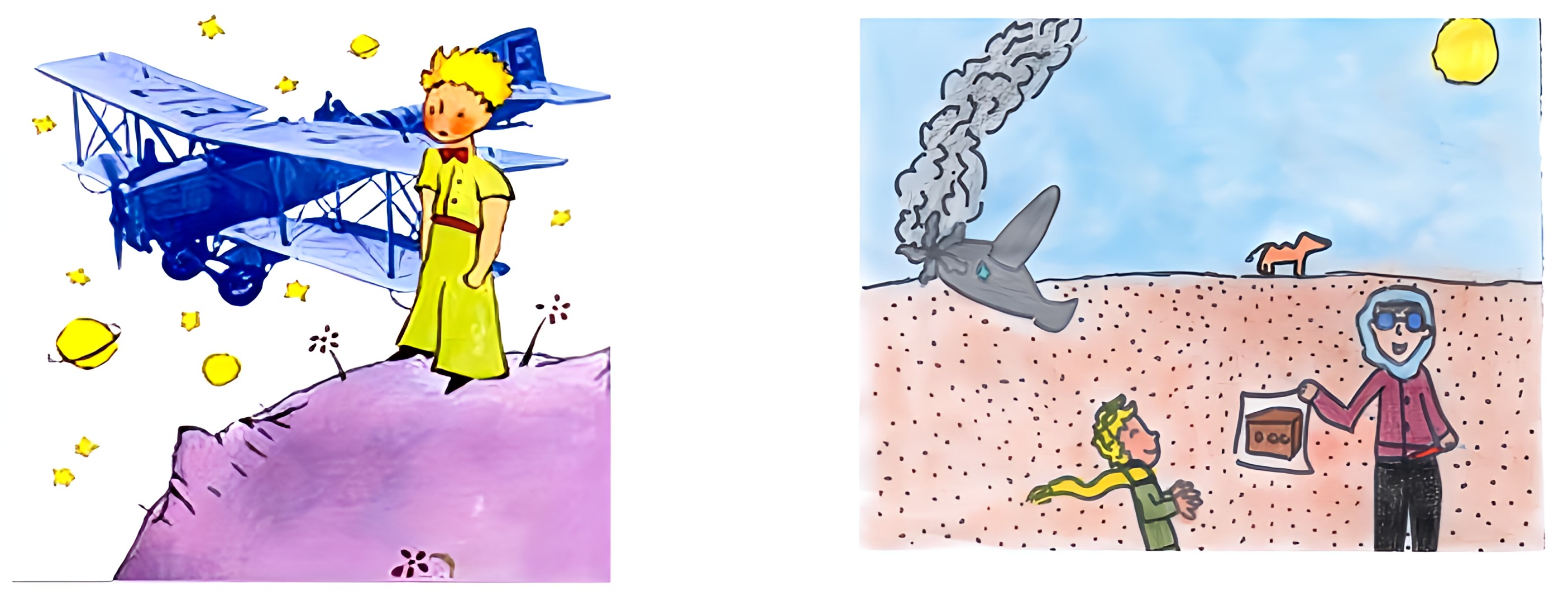
He decided to consider these new plastic materials, as a possible use in brace making.
Around the same period, Dr. Pierre STAGNARA, an eminent orthopedic surgeon of the “ Lyon school “ (Nicolas ANDRY, Charles Gabriel PRAVAZ, Leopold OLLIER,…) rationalized the conservative treatment of scoliosis by associating a plaster cast and an adjustable brace.
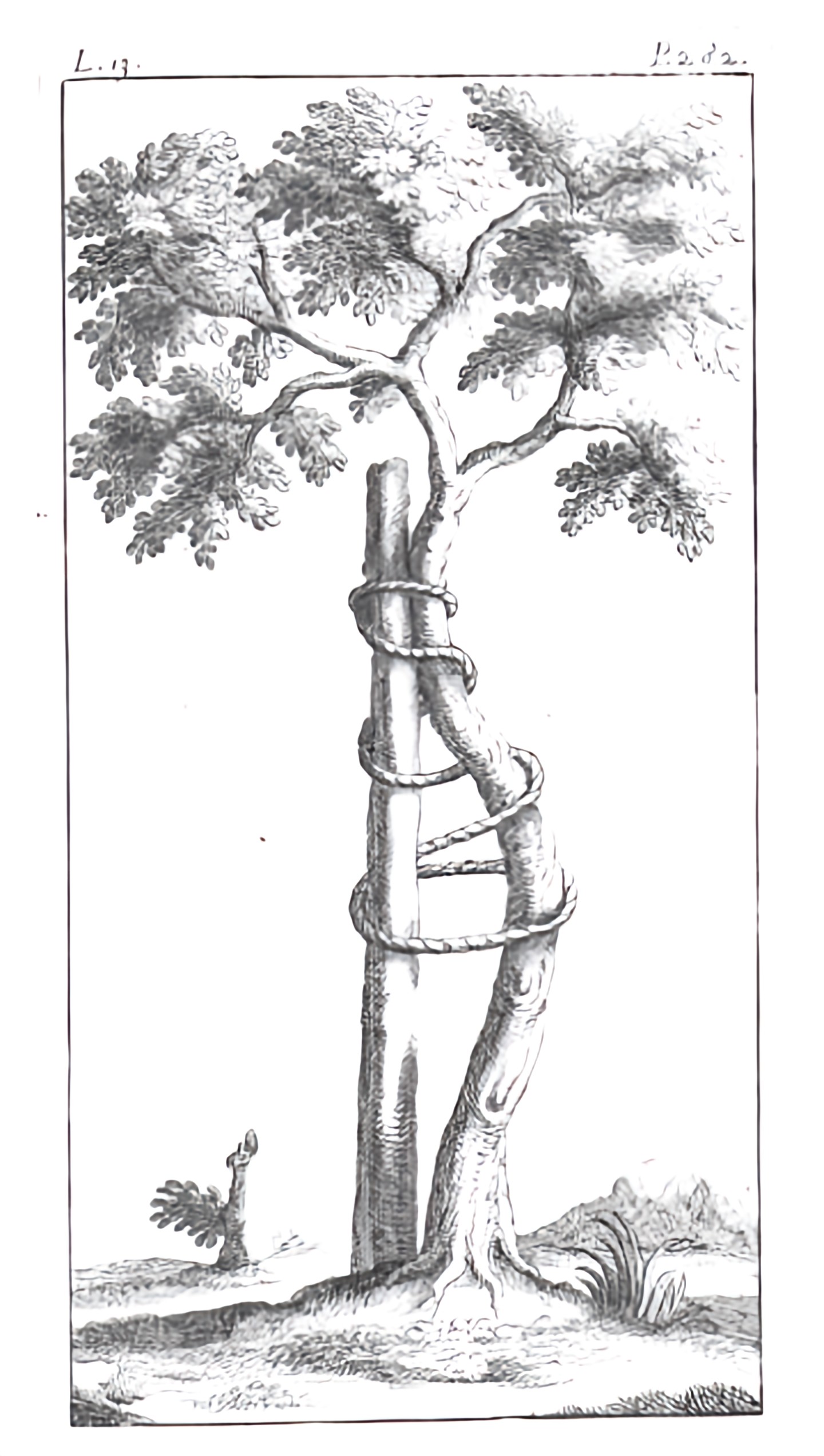
But the traditional technology required heavy leather and steel braces.
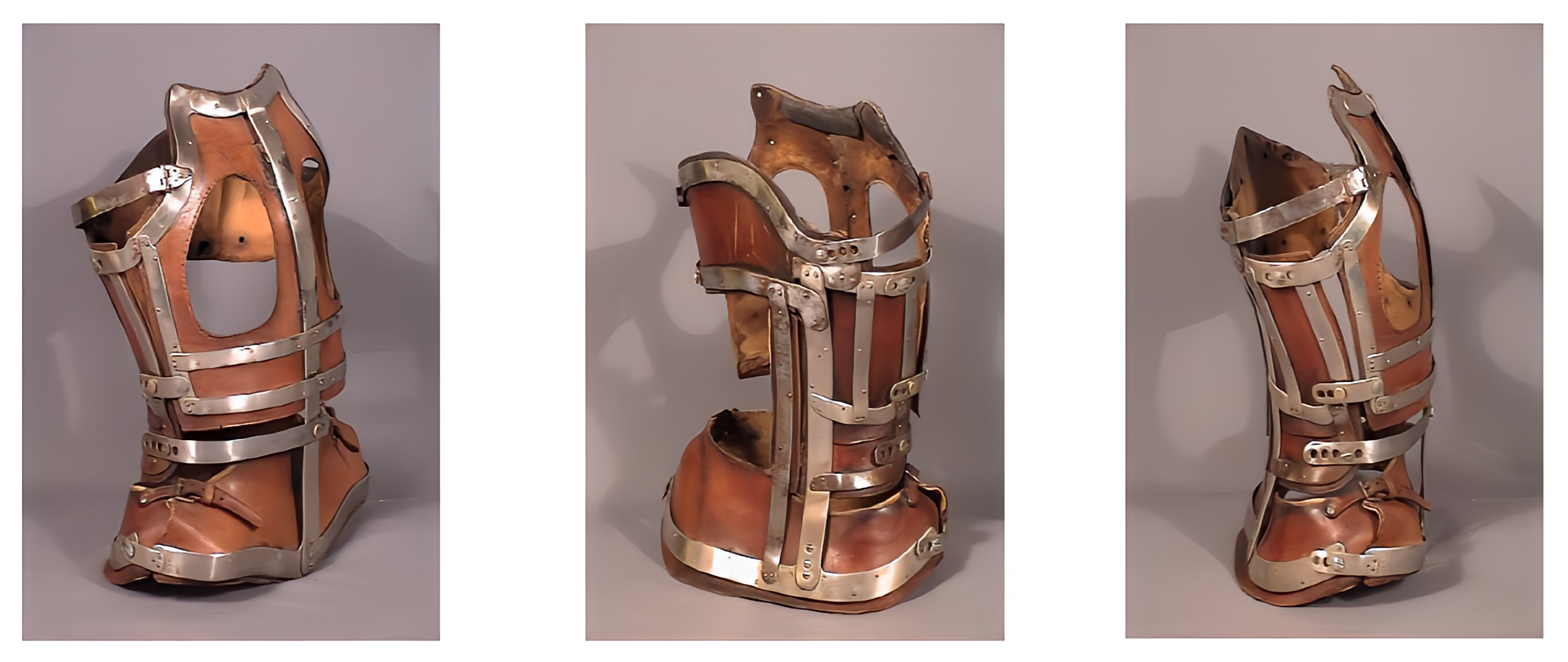
P. LECANTE’s proposal found his place perfectly in this protocol, and the “Lyon’s brace” was born.
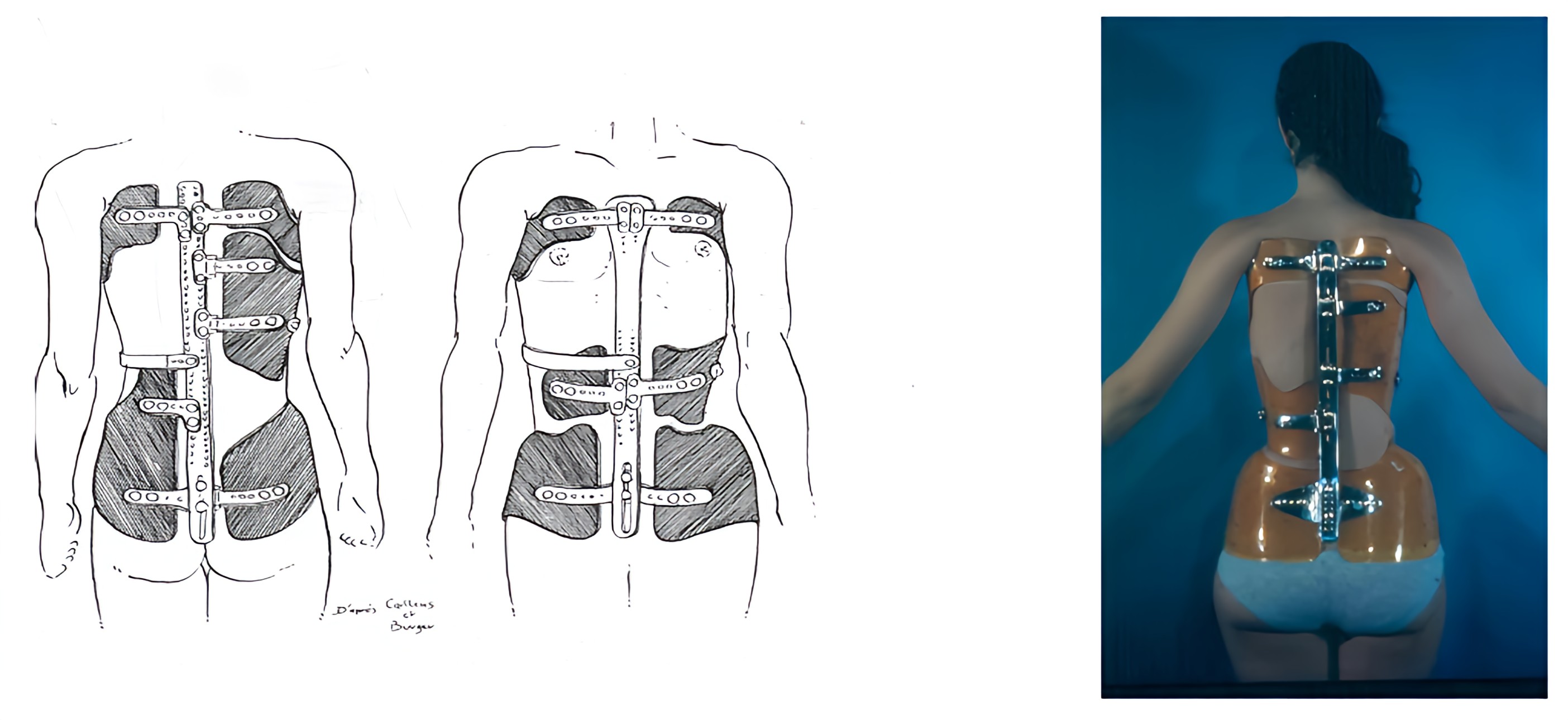
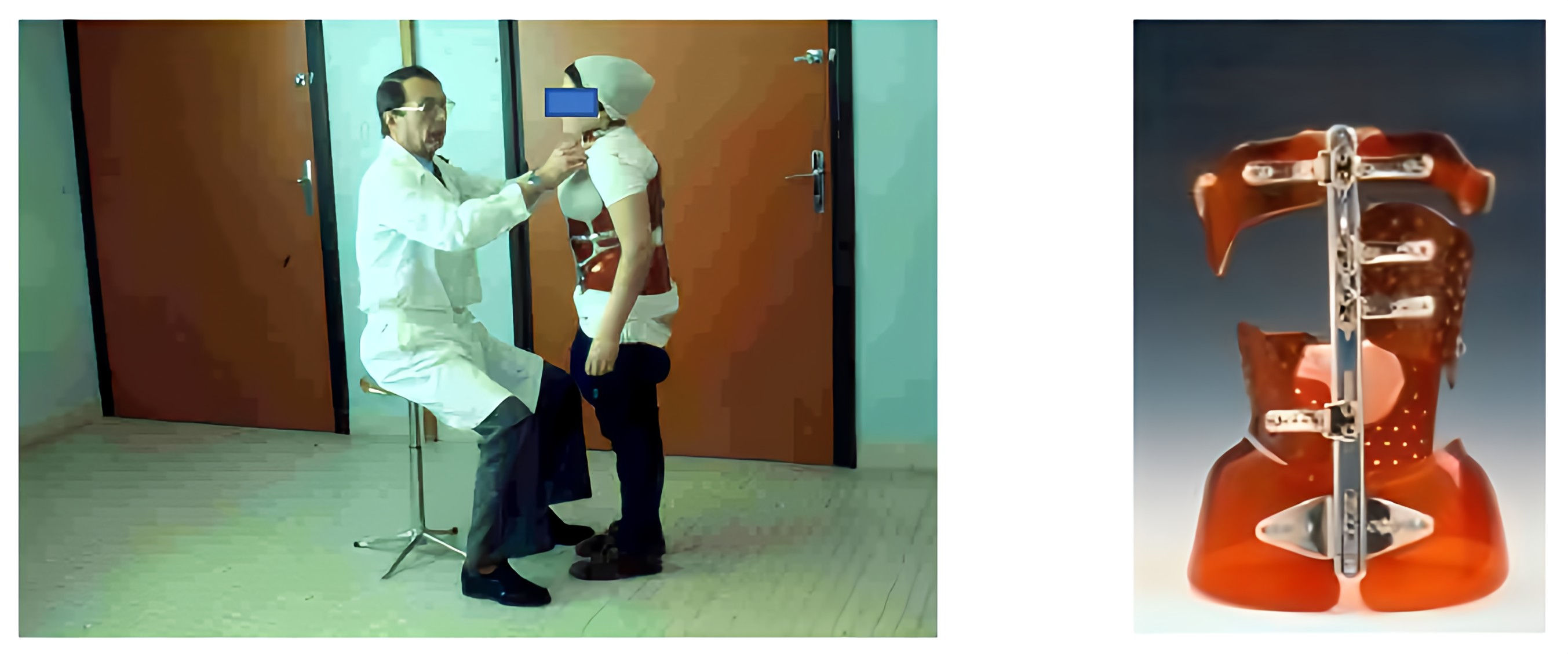
In the 90s, with advances in optical and computer engineering, under the impulse Remi KOHLER, Jean Claude de Mauroy & Jean Riondet, Pierre LECANTE initiated the development of the first optical scanner dedicated to the design and production of braces.
This device replaces the plaster molding for brace fabrication.
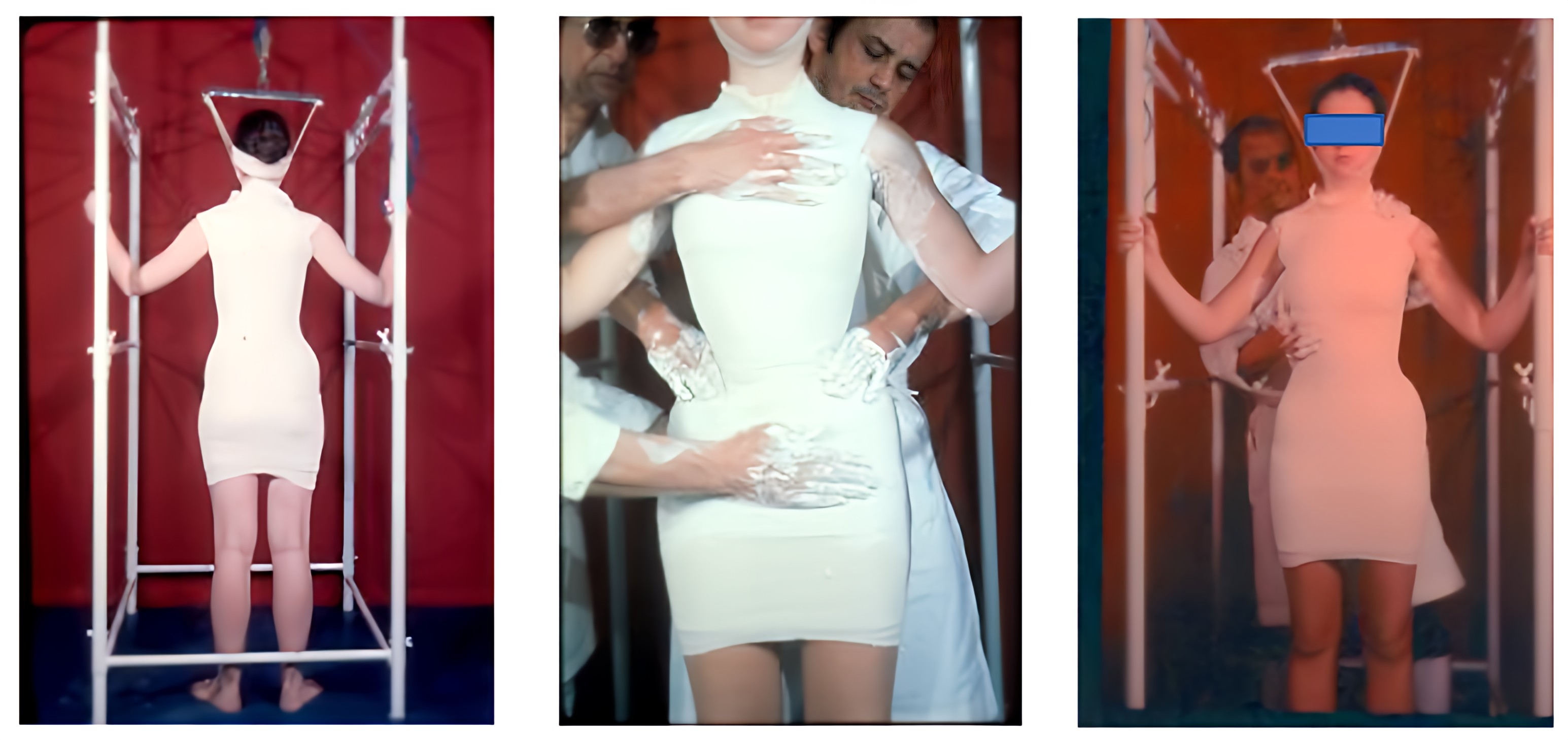
It was the subject of a first scientific publication in 2005. [1] & [2]
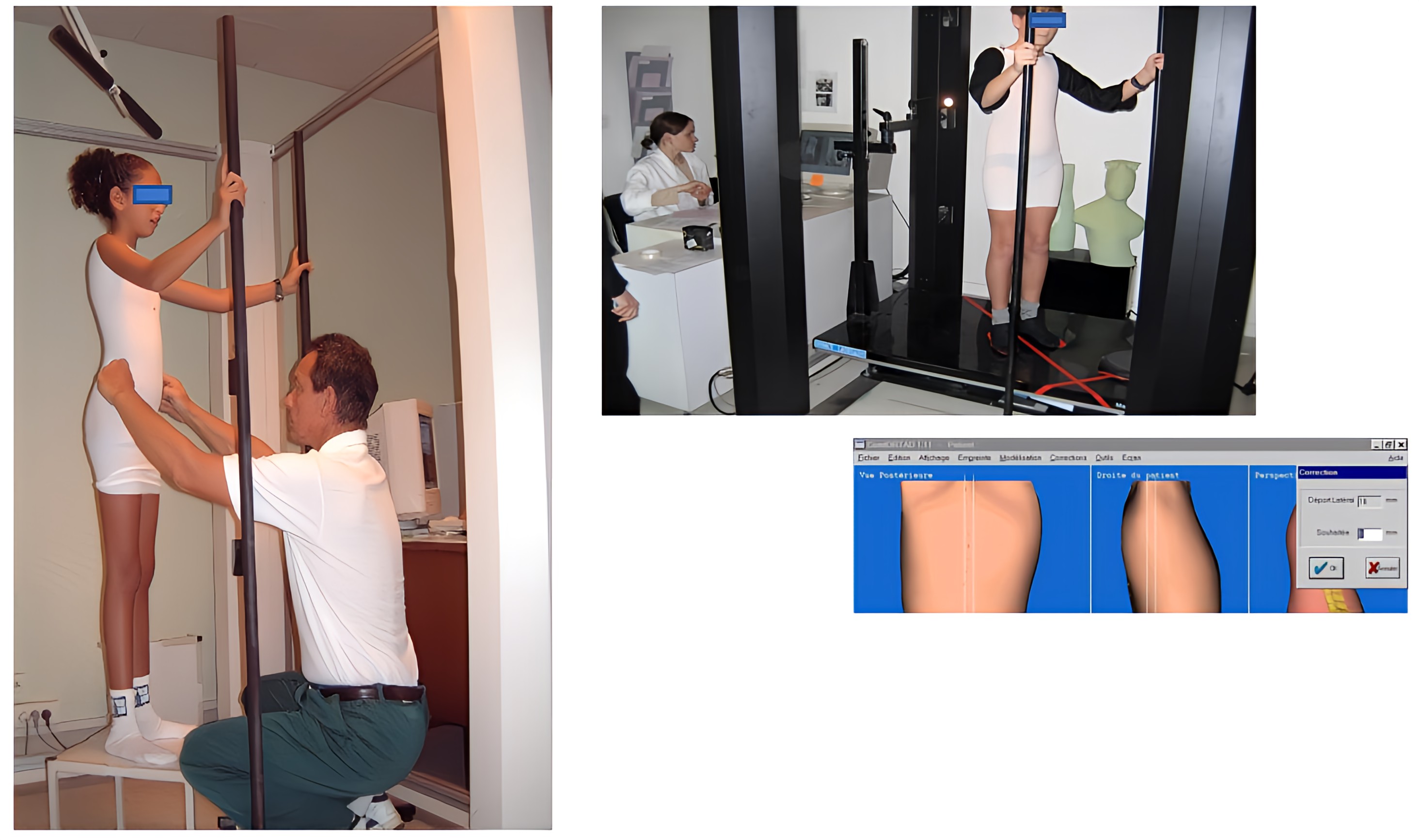
An optical scanner will then integrate the Massues hospital, under the supervision of Dr. Jean-Claude BERNARD and the Clinique du Parc under the supervision of Dr. Jean Claude de Mauroy.
Such a revolutionary tool quickly allowed an evolution from the classic Lyon’s brace to a modern orthosis called CMCR (*), where the “hands” of support integrate a monoshell structure, by means of carbon blades.[3]
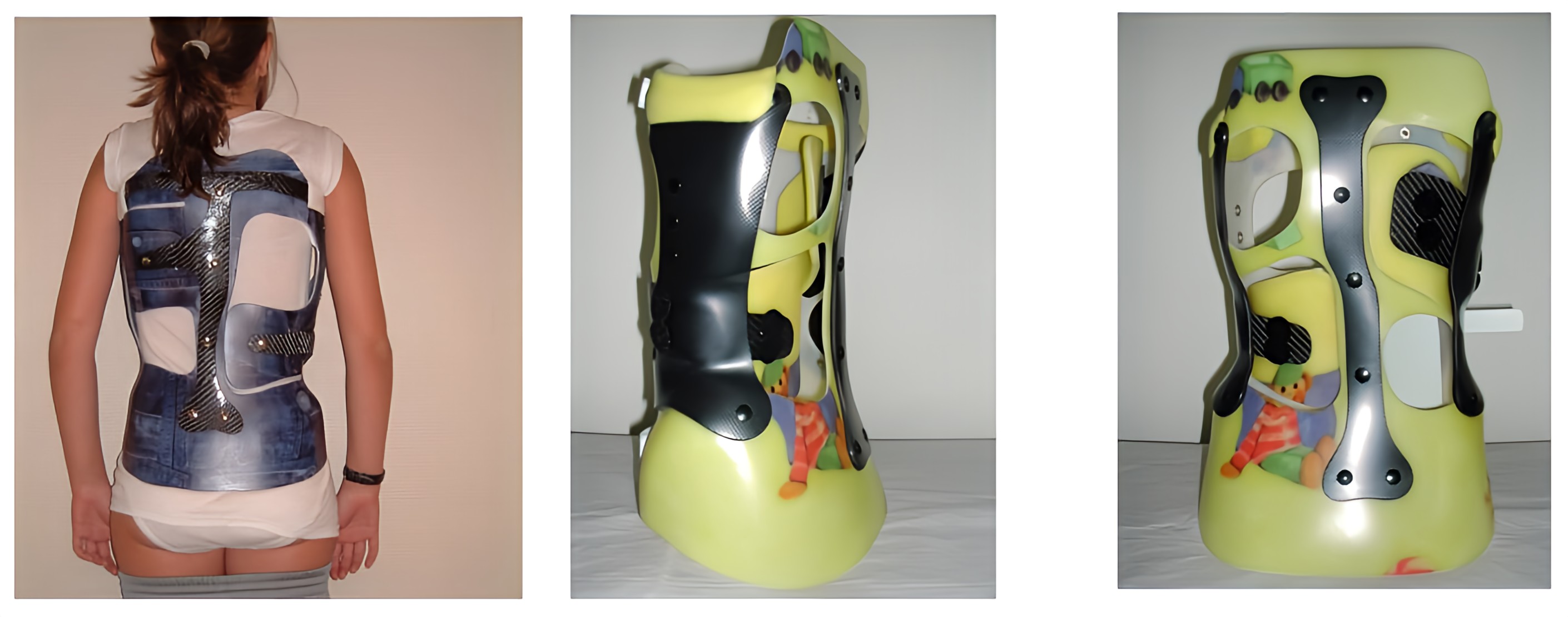
The support remains adjustable by the CPO (**).
Breathing and growth of the thorax are key elements in the treatment of scoliosis.
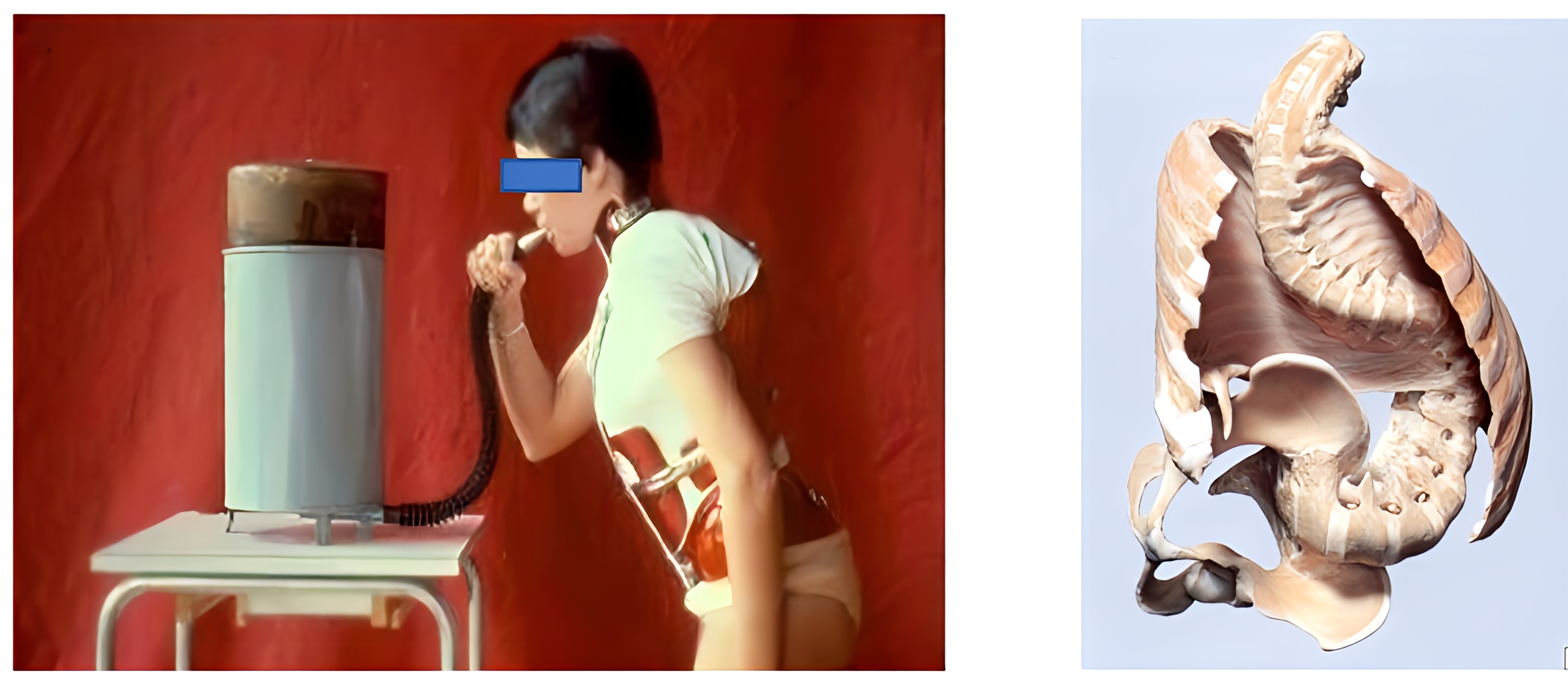
.
We are there at the beginning of this millennium
(*) CMCR: Corset Monocoque Carbone Respirant
(**) CPO: Certified Prosthetist-Orthotist.
Dr. Jean-Claude DE MAUROY, former President of SOSORT (*), has developed since the 80s in CECV (**) an important activity of conservative treatment of scoliosis.
Equipped since 2004 with an optical scanner, and skilled with considerable experience in the production of plaster casts, he imagined a new type of brace, in order to remove the time of plaster.
ART brace (***) is a high rigid device, with a particular initial phase “full time” [4].
It is built from 3 consecutive acquisitions in different positions of correction.
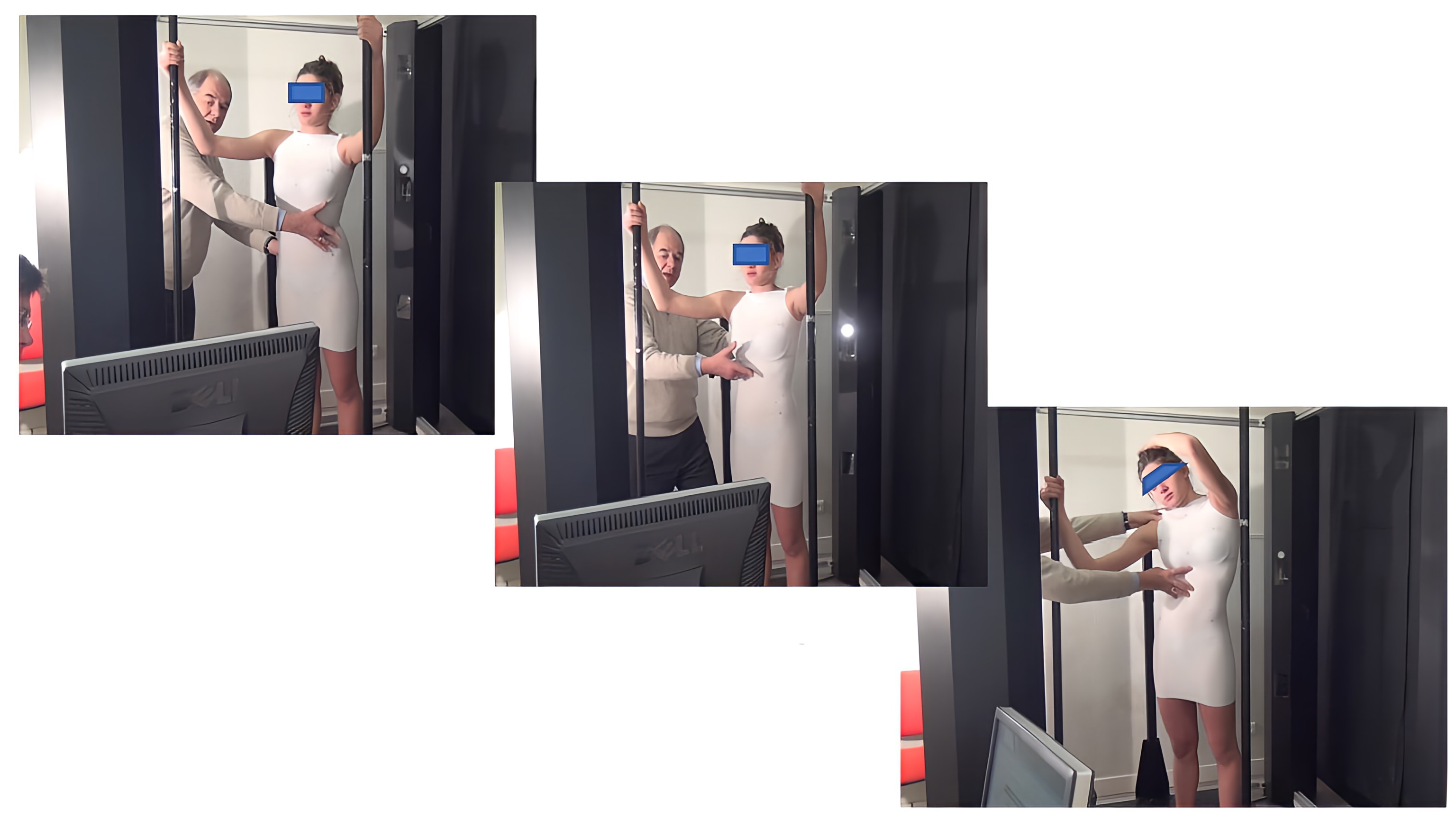
(*) SOSORT: SOciety on Scoliosis Orthopedic and Rehabilitation Treatment.
(**) CECV : Centre Européen de la Colonne Vertébrale.
(***) ART brace: Asymetrical Rigid Torsion brace.
Thus, CMCR and ART brace are the modern descendants of Lyon brace.
Today, computer tools are still growing

” Internal form-external form” matching, correction simulation, are in the process of being validated. They will be of precious help for the “scoliologists” of tomorrow.
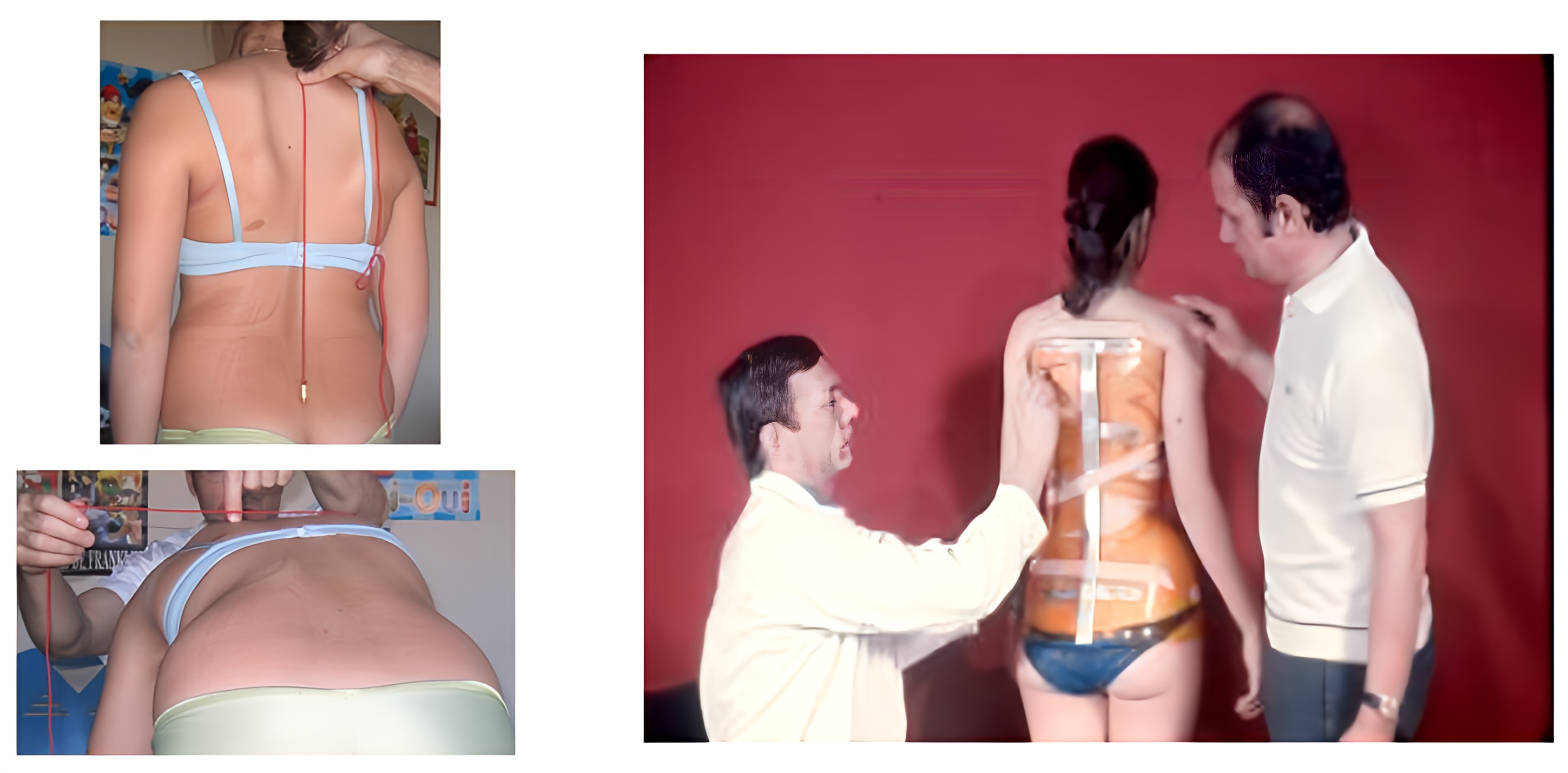
But it will always be possible to make quality treatments, even without this range of tools, as it is true that the final result depends at first on a thorough clinical examination, training and experience of the CPO, and the synergy of the Doctor-CPO duo.
Frédéric BARRAL, CPO, Lyon.
References:
[1] Cottalorda J., Kohler R., Garin C., Genevois P., Lecante C., Berge B., 2005, Spine volume 30.
[2] Fassier A., Kohler R., Garin C., Cottalorda J., Riondet J., Barral F., Genevois P., Lecante C., « L’appareillage du tronc est-il encore d’actualité ? » 2008, Sauramps Medical.
[3] Bernard JC., Berthonnaud E., Sigal A., Herbert-Tirat A., Lebédel N., Rodriguez-Martinez N., Journoud L., Notin G., Barral F., Chaléat-Valayer E. « Corset carbone et correction tridimensionnelle de la scoliose » 2008, Sauramps Médical.
[4] De Mauroy JC., Barral F., Pourret S., « The new Lyon brace (ART brace). New concepts of scoliosis correction », 2014, Scoliosis, volume 9.